How to Deal with Complexity Like a Pilot (Part 2)
Slow is Smooth. Smooth is Fast.

Why adding a second engine can make an accident more likely—and what that means for side hustles, pivots, and new ventures
(Only takes 7 minutes to read.)
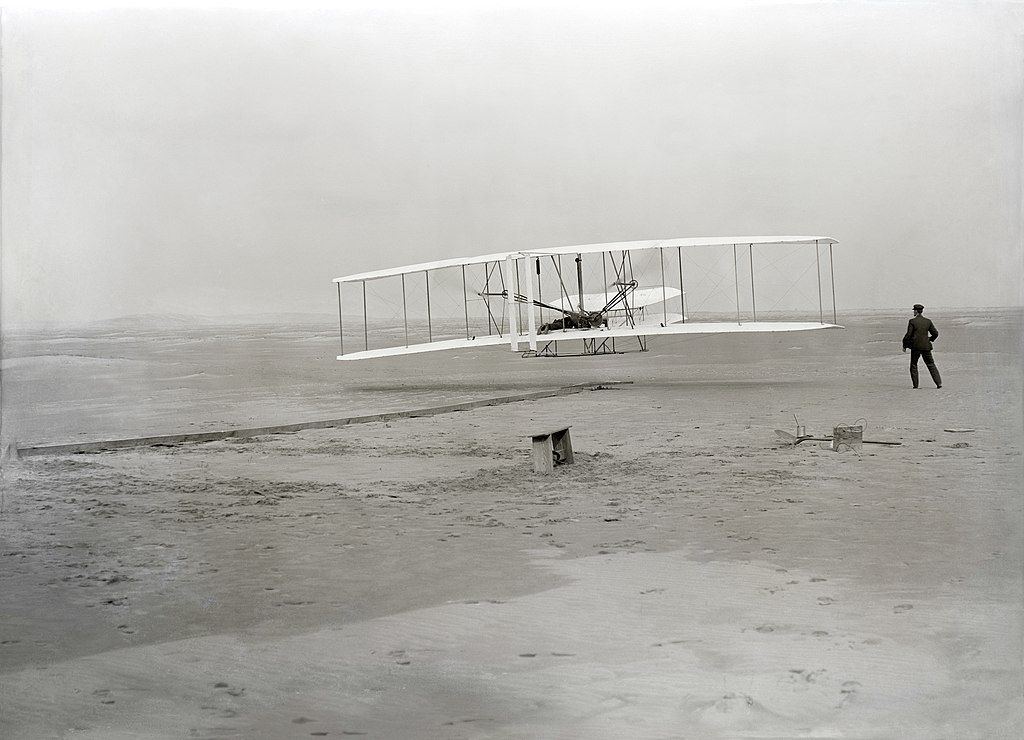
This week former Marine aviator and current business development professional Carl Forsling—who frequently writes about topics such as V-22 Ospreys and why aircraft carriers are in danger of obsolescence—tells us how to apply lessons from aviation into our personal and business affairs.

This free edition of Franklin Faraday Insights is sponsored by Task Force Talent, your experts in science, technology, and security careers.
Whether you are an individual seeking a new career or a company requiring special expertise, Task Force Talent will help you accomplish the mission.
Check out Task Force Talent at www.taskforcetalent.com or call toll free at (844) 930-3462. Use referral code 1000FFGOCT21 to get an extra $1000 bonus for referrals before October 31, 2021.
Just getting a heavier-than-air craft to fly at all was practically a miracle. Unfortunately for those pioneering aviators, early aircraft engines were extremely unreliable. The casualty rates were horrendous.
Those engines weren’t just unreliable—they were also underpowered. Designers soon started to fit extra engines to aircraft in order to increase their useful loads.
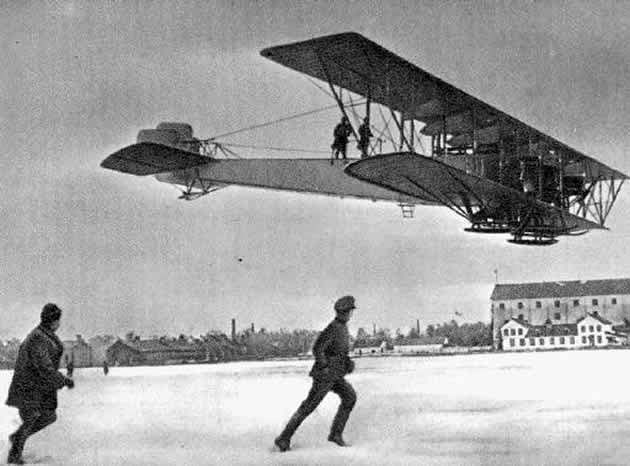
For a time, while they added performance, those extra engines didn’t increase safety. They increased complexity, creating more things to fail.
Even today, losing an engine in a twin-engine airplane requires careful management of airspeed, attitude, and yaw, otherwise the second engine is only there to “take the pilot to the scene of the crash,” as the saying goes. A 2015 study of non-commercial twin engine fatal accidents found that “malfunction with a failure to follow single engine procedures [represented] the most common contributing factor” in good weather. This, of course, 100 years after the first flight of a multi-engine aircraft!
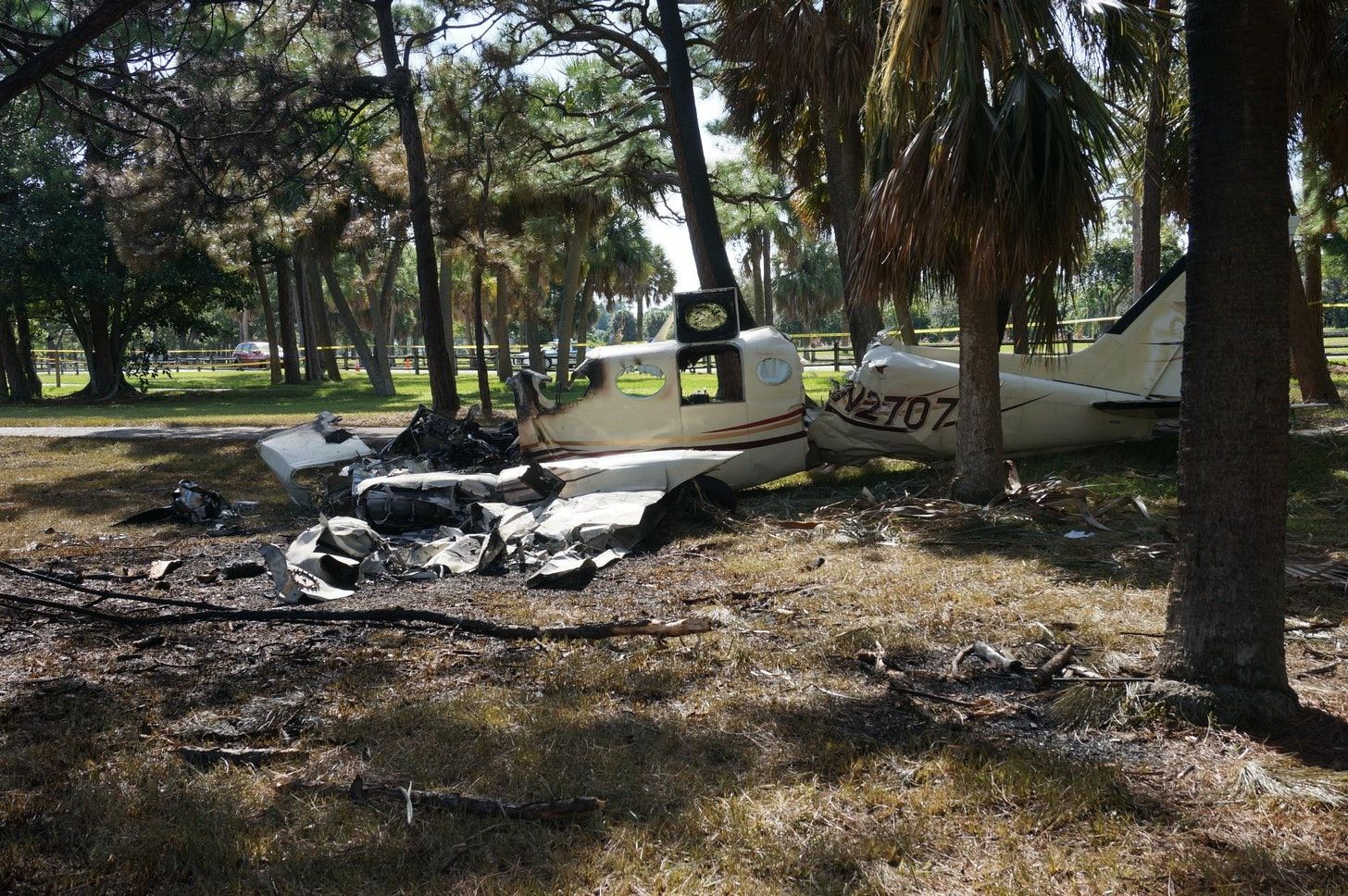
Aircraft engines eventually became more powerful, and over time pilots and engineers learned how to better control multiengine aircraft after a partial power loss. Designers carefully managed the center of gravity and increased lateral control authority to compensate for unequal thrust. Aircraft evolved to the point where multiengine aircraft could reliably fly with an engine missing—at least with a skilled pilot.
At the point when the remaining engines could hold up the plane, more engines meant redundancy and thus more safety. For some time, the FAA required aircraft flying more than 60 minutes away from divert airfields to have three or more engines for exactly this reason. That’s the reason tri-engined airplanes like the 727 and DC-10 graced the flight lines of American airports until fairly recently.
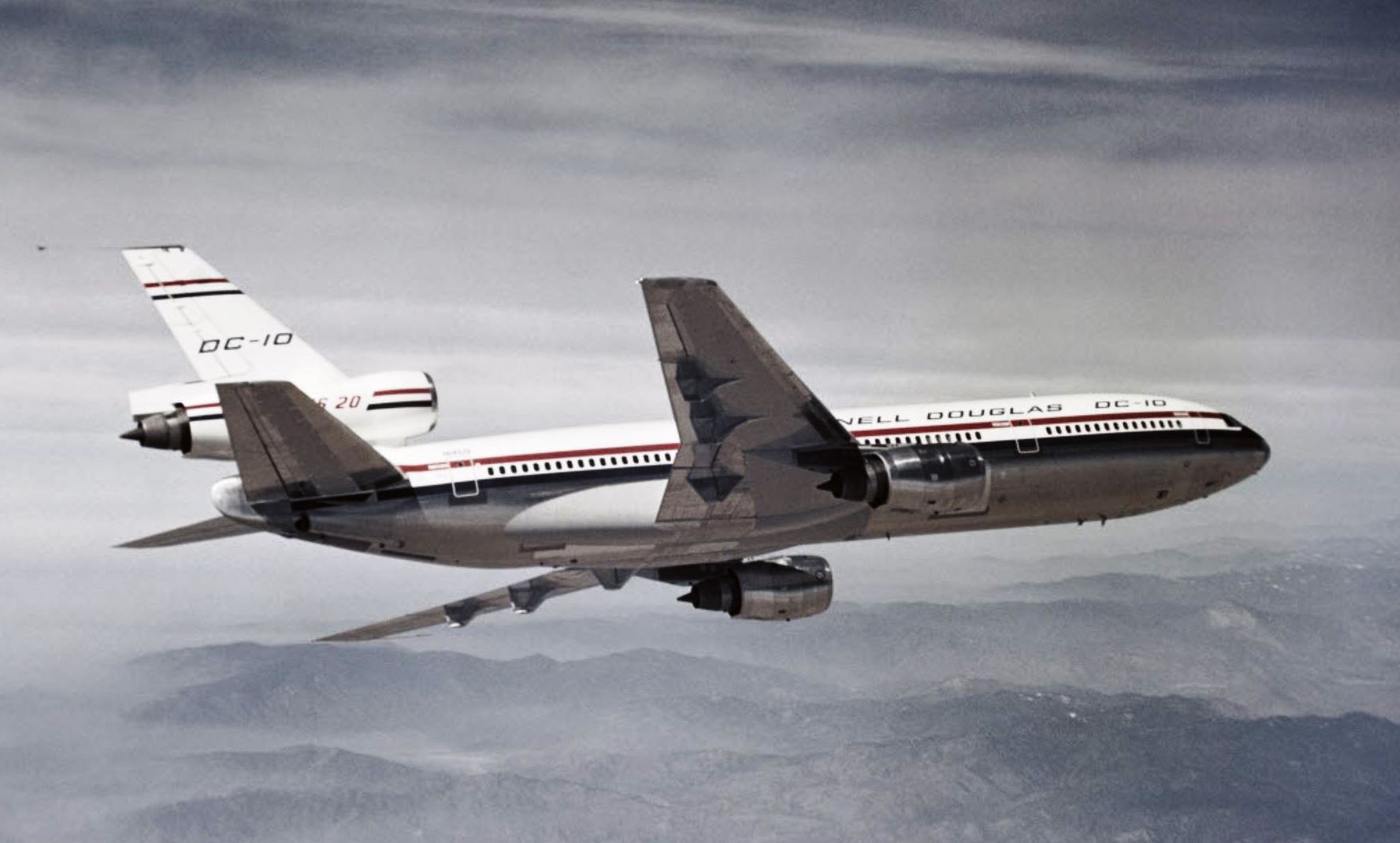
But there’s a cost to that redundancy—when you’re not using those additional spares, they make the aircraft far more costly to buy and operate. Once reliability reached a certain level, it made sense to reduce the number of engines back to two. Airlines and aircraft manufacturers in the US and abroad eventually persuaded regulators to greatly relax their rules regarding how close divert airports needed to be for twin-engine aircraft, from 60 minutes to as many as 370, depending on the aircraft, effectively allowing them to fly over all but the most remote areas of the globe.
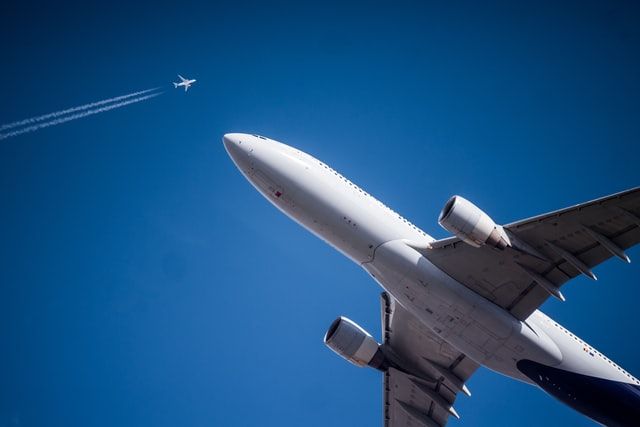
But the lessons learned in this process are widely applicable. Aircraft design is an engineering problem that balances different risks against benefits in ways that quickly become very complex but are based on basic principles. These principles can be applied almost anywhere, including our personal lives and business ventures.
In the initial phases of any development, technological or otherwise, added capability comes only at the expense of added risk—and it’s extremely difficult to reduce that risk. More redundancy doesn’t help. To give a simple example, if you have one engine with a 25% failure rate, it’s really bad. But if you have two engines, each with a 25% chance of failure, the chance of one of them failing now rises to 44%. If that single remaining engine isn’t powerful enough to keep the plane aloft, adding the second engine made you more likely to crash, not less.
Later, as the process matures, redundancy can create safety. Once the remaining engine or engines are powerful enough to keep the aircraft aloft, more engines actually do make the overall system safer. So it is with the beginnings of any venture, be it technological, business, or personal.
In your personal affairs and business, if you expand to new ventures without the previous ones well in hand, the chance of catastrophe is high. Even though the risks of fast growth are well known, rapid expansion has destroyed many, many companies. Nowhere is this more visible than in franchising, where one successful store can be very profitable and run efficiently. Yet—like adding underpowered engines—cloning that store into two, or four, or twelve, or hundreds requires different skills and can easily crash the business. Thus while an ice cream chain partnered with Disney may seem very far from a disabled aircraft in the sky, they both can suffer disaster from a similar root cause.
Likewise, if you take a second job while under a high load at your first job, there’s a high chance of losing your first job—and if the second isn’t enough to keep you financially afloat on its own, you’re very likely to crash. Unfortunately, much like war often justifies risks in airplane design, people usually take two jobs (or a job and a side gig) when they are under duress, rather than when the time is actually right.
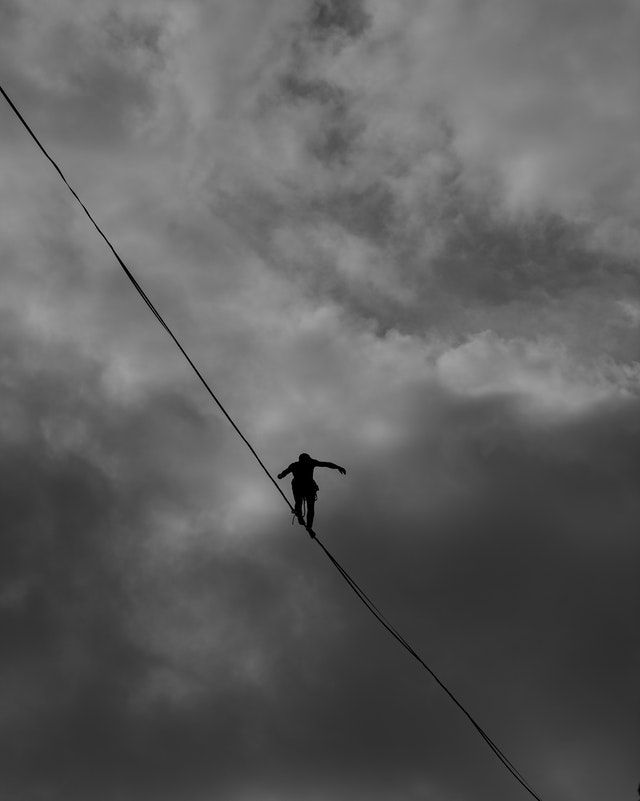
If, however, you wait until your finances and skill set are at least reasonably solid in both positions, the redundancy advantage kicks in. Having two jobs adds financial safety and stability. Failure at one can be compensated for by the other; run the remaining one a little hotter until the situation stabilizes. Two or more strong options increase redundancy and the overall safety of the system. Multiple weak ones actually increase the likelihood of complete failure.
Once you’re certain of the success of at least a couple lines of effort, you can finally pare down to the ones you actually need, focusing your effort on those proven to produce the best performance. The ability for either opportunity to keep us aloft if needed is where we want to be.
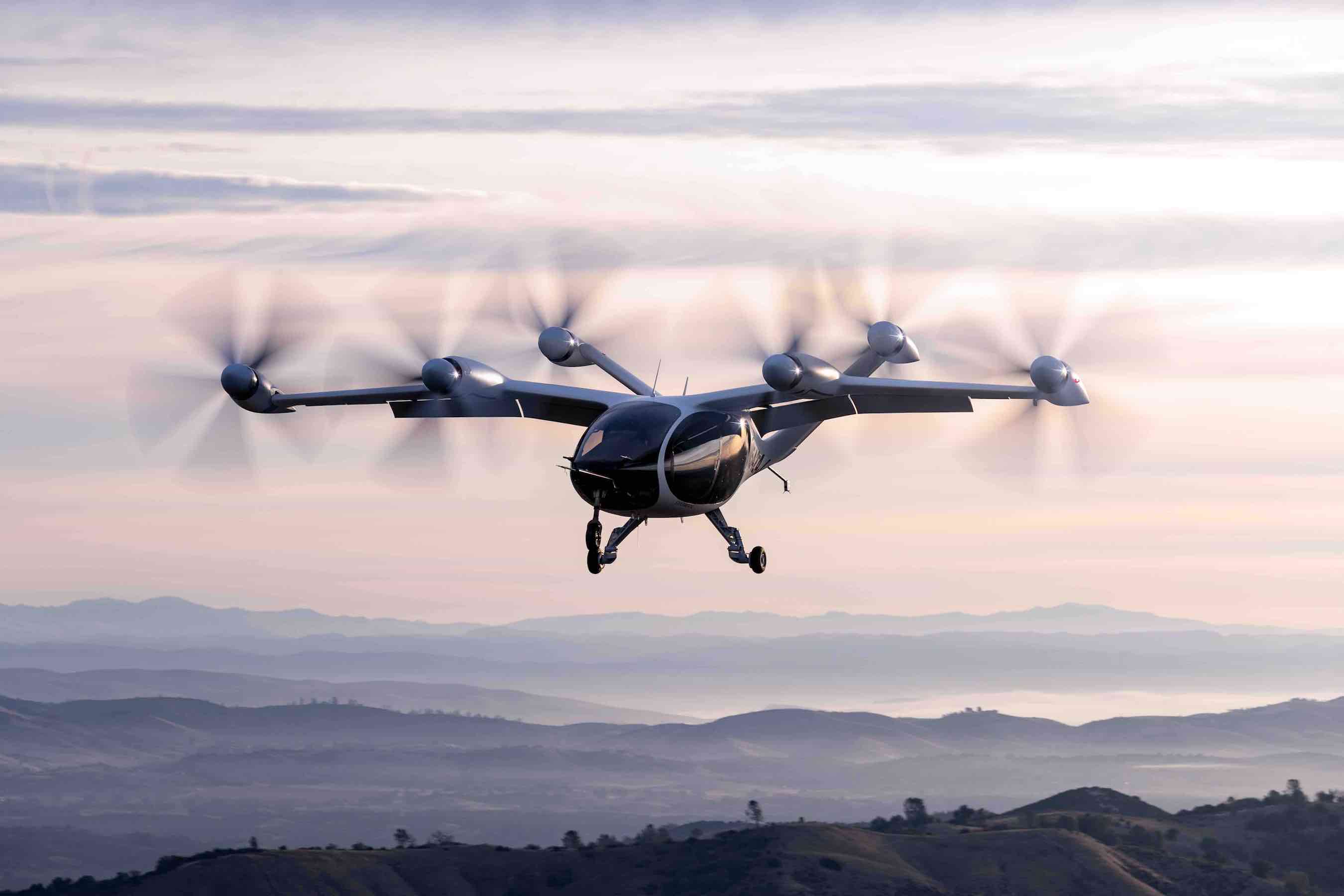
“But what about those fancy electric aircraft I’ve been seeing? They all have at least four, and often more, motors keeping them flying!” The important thing to remember is that each of those many motors is responsible for only a small fraction of the overall load. The failure of any one, or even a couple of them, is easily compensated for by the rest.
Those motors are relatively simple and highly reliable. What enables them to power an aircraft are extremely smart computers controlling them along with an adequate power source in the form of a strong battery.
Similarly, in our entrepreneurial lives technology has enabled micro ventures in ways that weren’t possible before. Prior to digital flight controls, a quadcopter was an impossibility. Prior to computers and the internet, one solo businessperson couldn’t possibly run 4 revenue streams, but today it’s not unusual for one person to do some consulting, run a blog with affiliate commissions, operate a drop shipping business, and run a series of vacation rentals.
Four or more reliable streams, even if they’re individually weak, can be better and safer than one or two stronger ones. The key is that the efforts should be as independent as possible and not interfere with each other.
If you have multiple revenue streams all dependent on traffic from one website, you don’t truly have multiple revenue streams generating thrust; you have a single engine that may be working continuously at maximum power at the verge of failure. Similarly, there’s nothing wrong with being an Uber driver from a reliability of revenue standpoint, but the time spent driving can quickly crowd out your other revenue streams.

Life and its endeavors, much like flight, are sometimes dangerous. We’re bombarded with “rise and grind” and productivity porn everyday, telling us that we all need side gigs and multiple revenue streams. In an airplane, our lives depend on sound design, planning, and risk management. When it comes to business or any other complex venture in life, our livelihoods depend on us doing those same things. You wouldn’t trust your life to an aerospace engineer who designed an aircraft by his gut feelings and intuition. Why would you trust your livelihood to yours?
Don't forget to
Subscribe
and Share this article using the links below.
Email •
Twitter •
LinkedIn •
Hacker News •
Reddit
Copyright © 2021 Franklin Faraday Group LLC. All rights reserved.